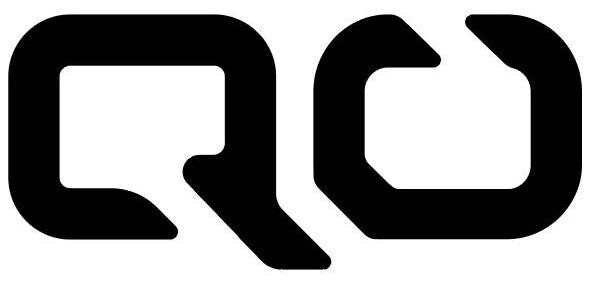Crank length is one of the most debated topics in bike fitting and performance tuning. Should you go for shorter cranks for a smoother cadence, or longer ones for more leverage and power?
The answer isn’t one-size-fits-all, it depends on your body, riding goals, and terrain. Below, we break down the most important questions riders ask when comparing crank lengths.

Find out whether shorter or longer cranks are better for your ride. Learn how crank length affects power, comfort, cadence, and injury prevention.
What’s the Difference Between Short and Long Cranks?
Crank length refers to the distance from the center of the bottom bracket to the center of the pedal axle. Short cranks are typically 165mm–170mm, while long cranks are 172.5mm–180mm. The main differences include:
-
Torque and leverage: Longer cranks can produce more torque per stroke.
-
Cadence and clearance: Shorter cranks allow for faster cadence and better ground clearance.
Who Should Use Shorter Cranks?
Shorter cranks are often recommended for:
-
Riders under 175cm (5’9") or with shorter inseams
-
Gravel, endurance, and off-road cyclists (better pedal clearance)
-
Cyclists with knee or hip pain
-
Riders seeking higher cadence and smoother spin
They also help maintain more open hip angles in aggressive riding positions (e.g., time trials or aero setups).

Who Should Use Longer Cranks?
Longer cranks may suit:
-
Taller riders (above 180cm / 5’11")
-
Sprinters or riders who prioritize torque over cadence
-
Cyclists on flat terrain who prefer slower, powerful strokes
However, longer cranks can increase the range of motion in the knees and hips, which may be uncomfortable for some.
Do Shorter Cranks Reduce Power?
Not necessarily. While shorter cranks provide less leverage, they enable faster cadence and more efficient pedal strokes. Many riders actually maintain or improve their power output by switching to shorter cranks, especially when combined with optimized gearing.
Are Shorter Cranks Better for Knee Health?
Yes. Shorter crank arms reduce the maximum flexion angle in the knee during each stroke. This can relieve pressure on the joints, especially for:
-
Older riders
-
Cyclists with previous injuries
-
Anyone training at higher cadence for endurance

Why Are More Pros Switching to Shorter Cranks?
Pro cyclists are increasingly adopting shorter cranks because they:
-
Reduce joint stress
-
Allow a more aerodynamic position by reducing hip impingement
-
Enable higher cadence and smoother power delivery
This is especially common in time trial specialists and climbers looking for every marginal gain.
How Do I Know What Crank Length Is Right for Me?
Start with your inseam measurement:
-
Multiply inseam (cm) × 0.216 for a rough crank length guide
Then, consider: -
Terrain (tech or flat?)
-
Riding discipline (gravel, road, TT?)
-
Fit and comfort (hip/knee mobility)
A professional bike fit is ideal if you want a precise match.
QO Conclusion: It’s Not About Long or Short—It’s About Fit
There’s no universally “better” crank length, only what fits you and how you ride. At QO BIKE, we offer a range of carbon cranksets in multiple lengths and configurations, designed to deliver pro-level performance and ergonomic precision. Whether you're looking to spin faster, climb harder, or ride longer, the right crankset starts with the right fit.


